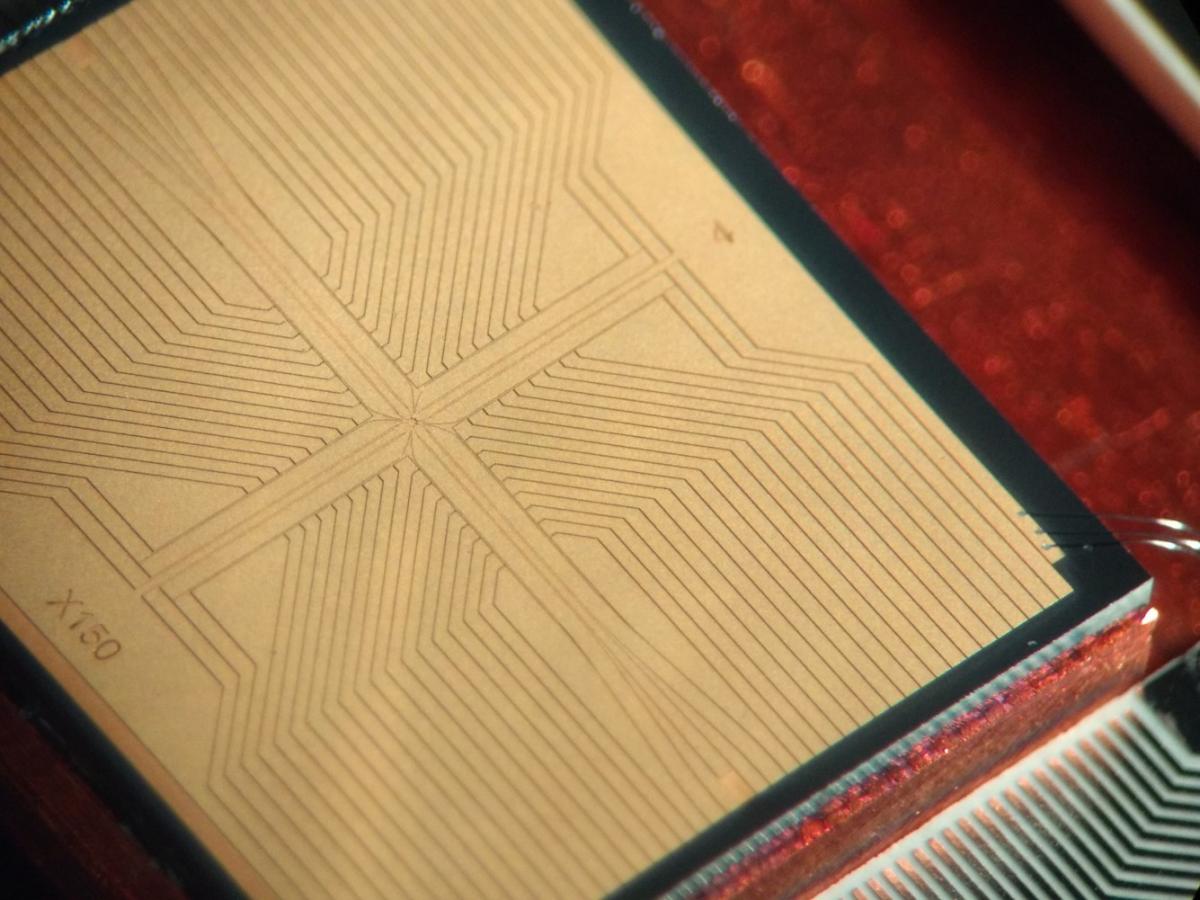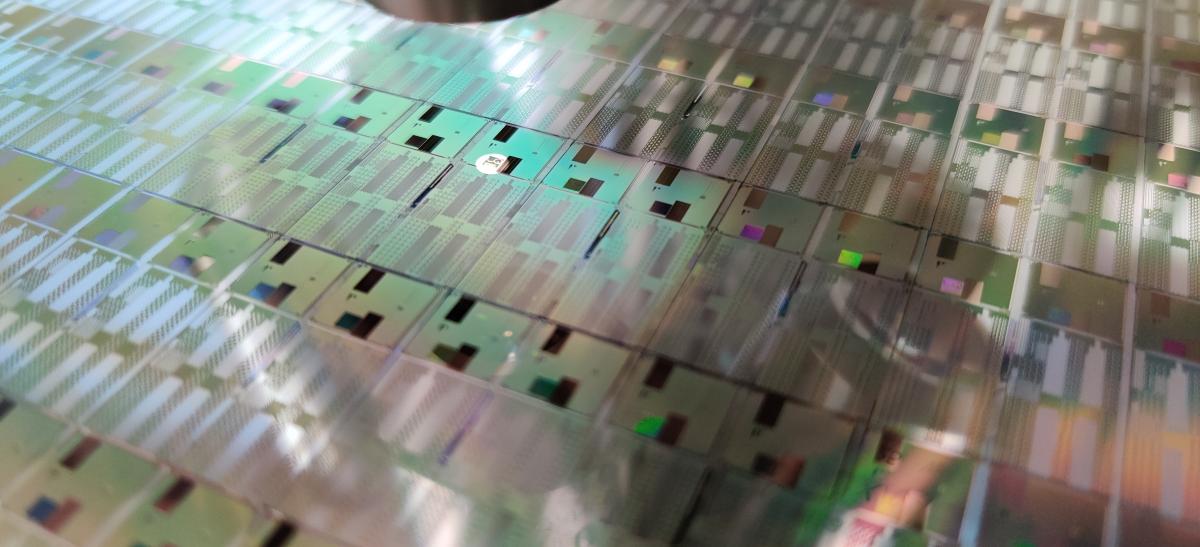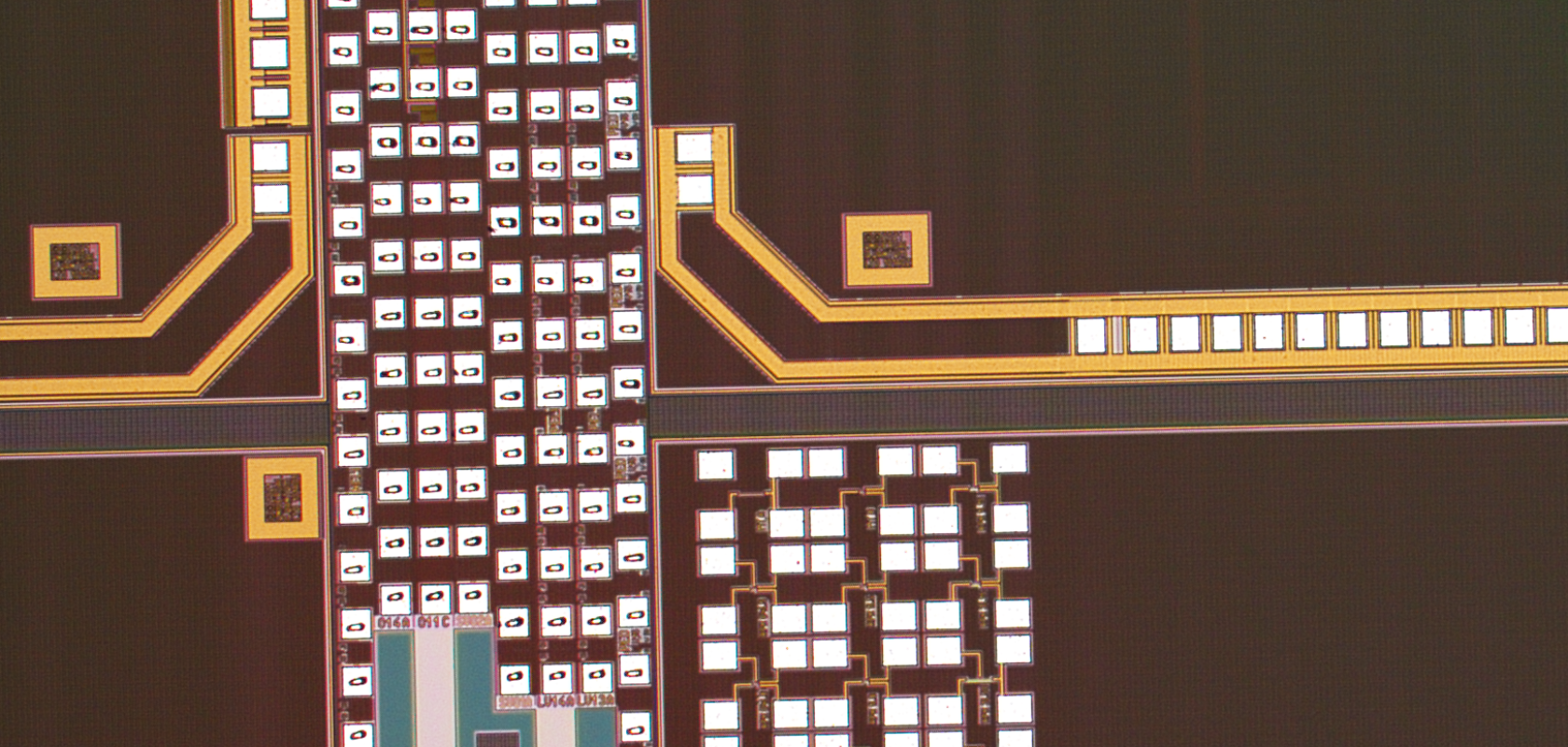Gemma Church details Universal Quantum’s work building a million-qubit quantum computer and what’s needed from optics and lasers.
From medicine to materials science and much more, the potential of quantum computing is vast. The BCG predicts the market will be worth a whopping $450bn by 2040, with these machines tackling real-world problems that would take today’s fastest supercomputers billions of years to solve.
To achieve this, there’s a lot of work to be done and quantum bits – or qubits – sit at the heart of this tough engineering challenge.
While traditional computer bits are either a 0 or a 1, a qubit can exist simultaneously as a 0 and a 1 at the same time, giving these machines tremendous computational power. But qubits are prone to errors and are inherently unstable, requiring a wealth of systems to create, control and maintain these entities.
When you start to scale up the number of qubits, these engineering challenges also increase and – here’s the kicker – to unlock the full potential of quantum computing, we need to create and control millions of qubits. Researchers in China have a 76-qubit machine – the highest number to date.
Quantum options
There are many ways to make a quantum computer. A popular choice relies on qubits crafted from superconducting circuits. But these systems require the world’s most powerful cryogenic systems to cool even just tens of qubits to near -273°C, leading to very challenging refrigeration requirements when you increase the number of qubits.
Other quantum hardware companies are betting on trapped ions – these systems do not need to be cooled to such challenging temperatures. Instead, trapped ions (acting as qubits) are captured in a vacuum using electric fields and are extremely well isolated from the environment. Such designs have led to many significant world records in the quantum computing sector.
However, these systems also require laser beams to control each ion or qubit, where the number of laser beams required scales with the number of ions in the quantum computer.
Parameters including frequency, linewidth, beam intensity, beam width and stability are all important for these laser beams. They must be appropriately set for these quantum computers to operate properly. While this has worked extremely well for quantum computers with tens of qubits, scaling this approach to millions of qubits – requiring millions of laser beams only interacting with their target qubit – is a huge challenge.

An ion trap device. Image: Samuel Hile from the University of Sussex
UK company Universal Quantum is currently constructing scalable quantum computers with a design that contrasts with the majority of today’s hardware.
This design also uses trapped ions but, (unlike many other designs), there’s no requirement to use lasers to implement the quantum gates, which are basic quantum circuits operating on a small number of qubits. Instead, the gates are controlled electronically. Because this design requires substantially fewer lasers, this opens up innovative geometries for this quantum computer.
Large silicon-based quantum computing modules can be manufactured in standard foundries, where everything required to control the qubits is available in a vertical stack. The qubits are free to move around and ‘talk’ to one another to provide a fully connected quantum computer – making this design incredibly powerful.
So, the big question now becomes, how do you connect individual quantum computer modules together to form a truly large-scale quantum computer with millions of qubits?
One technique is to use optical fibre interconnects between vacuum systems, but this is slow and error prone. Instead, Universal Quantum connects modules using electric field links, providing a fast conduit for the qubits to travel through from one module to the next. This is orders of magnitude more effective than alternative approaches.
But even this quantum computer still needs some lasers. Otherwise, trapped ion qubits could not exist at all.
Creating qubits
Lasers help create and detect trapped ion qubits across four processes – three to prepare a qubit and one to detect its state. To prepare a qubit, ionisation is used to create ions, Doppler cooling is used to cool the ion, and state preparation to force the ion into a well-known state – sometimes called optical pumping. While these processes use similar lasers, they require differences in the frequency components and intensity of the beams.
During ionisation, a laser is fired at an atom to remove an electron. Because this is now a charged particle, you can then trap it using electric fields, allowing you to control and effectively ‘trap’ the ion in the quantum computer. We now have a trapped ion – but it’s not yet a qubit.
When a trapped ion is created, it’s hot – around 400°C. But every qubit needs to exist at the millikelvin range, or those quantum quirks that make the qubit so powerful simply disappear. Lasers essentially ‘freeze’ the trapped ion in space, so it doesn’t move, using Doppler cooling.
Let’s explain how this works. At the atomic scale, temperature makes ions move and if that movement is reduced, then the internal transitions come into focus and a high-quality qubit can be defined. Here, the ion must absorb energy preferentially when it is moving towards the laser.
After a while, the ion will re-emit the absorbed light – but in random directions – and this slows down the ion in the direction of the laser as it loses kinetic energy in that direction. This is Doppler cooling – a fundamental process to create the qubits used in trapped ion quantum computers.
Unlike superconducting quantum machines that need to cool the entire computer chip, trapped-ion systems only need to cool the trapped ions via Doppler cooling and by using an appropriate laser system.
Of course, it’s not as simple as buying a laser system, creating an ion and Doppler cooling it to create a qubit. Quantum hardware companies need highly bespoke and complex laser systems where the wavelength is set by the type of ion. Many of today’s commercial systems aren’t available in these wavelengths.

Universal Quantum devices on silicon wafer
As such, tuneable lasers are essential to reach the exact wavelength required, where most target wavelengths exist in the visible part of the spectrum. A series of components is also required, including fast optical switches, amplifiers, acousto-optic and electro-optic modulators to accurately tune the laser and create (and cool) high-quality qubits. Optical fibres and fibre components are used at these wavelengths to make these laser systems more robust.
Frequency doubling crystals (or second-harmonic generation) are often required to reach the correct wavelengths, but these are expensive and difficult to manufacture. These components help these laser systems achieve a stable wavelength, narrow linewidth and high power to cool the qubits.
Though some uses require continuous-wave lasers and some need pulsed lasers, it is necessary to have high power stability and precise frequency locking for all. The frequency, phase and intensity of all beams must be accurately controlled.
Once the qubit is created, it participates in a quantum circuit where it goes through a series of quantum gates. This is where the complex calculations happen.
Quantum future
We don’t yet know which quantum hardware system will win the race and scale to millions of qubits first. Every system is different – with some designs placing laser systems under less pressure than others.
At Universal Quantum, for example, lasers aren’t used to control the quantum gates. Instead, laser beams are effectively ‘recycled’ for multiple qubits for simple processes such as Doppler cooling. So, the specifications aren’t as strict for these laser beams and, crucially, only a comparatively small number of laser beams is required, significantly simplifying the architecture as we scale to a large number of qubits.
Many other trapped-ion architectures tend to use lasers to control their quantum gates, so they can’t reuse them in this way, constraining them to specific geometries. The design from Universal Quantum means a large-scale 2D array can be created far more easily. Plus, you don’t need millions of lasers to run this quantum computer.
To conclude, scaling up to millions of qubits is a complex undertaking from many engineering perspectives – not just a laser and optical systems one.
But, without lasers, trapped-ion qubits and quantum computers could not exist at all. Both industries need to work hand in hand for quantum computers to reach the million-qubit range – and laser systems are required to help create millions of trapped-ion qubits.


